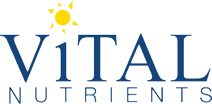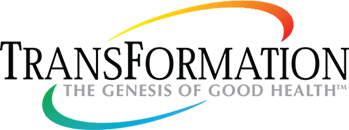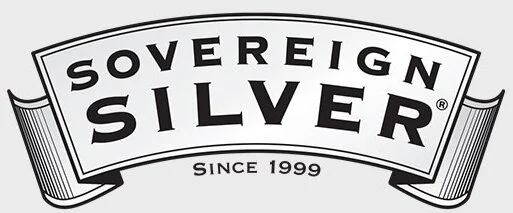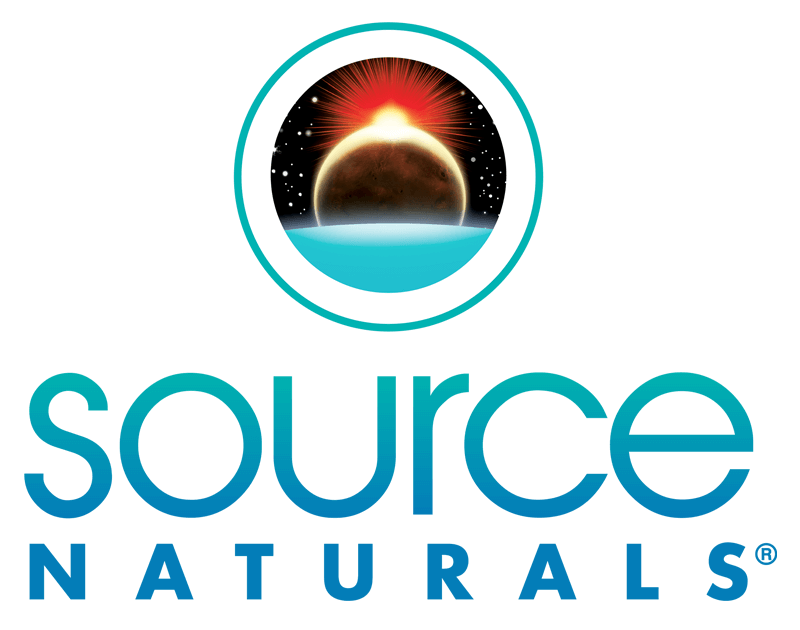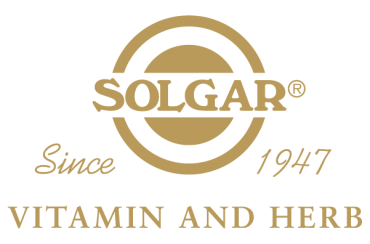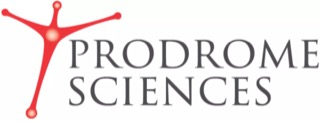Rapamycin is a drug that was originally discovered in the soil of Easter Island, also known as Rapa Nui, hence its name. Extensive testing of soil samples from various regions around the world for the presence of rapamycin has not been conducted. It is derived from a bacterium called Streptomyces hygroscopicus, which produces a compound known as sirolimus, the active ingredient in rapamycin. It has been used since the 1970s, primarily as an immunosuppressant to prevent organ rejection in transplant recipients. It has also been used to coat coronary stents to reduce the risk of artery blockage.
The cons of rapamycin use include mouth ulcers, diarrhea, high cholesterol levels, increased risk of infections, impaired wound healing, and potential negative effects on kidney function. Additionally, long-term use of rapamycin may increase the risk of developing diabetes and can have an impact on the body’s immune system.
Rapamycin stands out in the field of anti-aging research due to its ability to extend the lifespan of various organisms, including yeast, worms, flies, and mice. It has been found to activate a cellular pathway called the mechanistic target of rapamycin (mTOR), which plays a crucial role in regulating cell growth and metabolism. By inhibiting mTOR, rapamycin has been shown to extend lifespan and improve health span in various organisms.
The use of rapamycin for anti-aging purposes in humans is still an area of active research and has not been approved by regulatory authorities for this specific purpose. While preclinical and animal studies are showing promising results in terms of lifespan extension and age-related disease prevention, there are still many challenges and unanswered questions before rapamycin can be widely used as an anti-aging treatment in humans.
It is difficult to predict an exact timeline for when rapamycin or similar drugs might be approved for anti-aging treatments in the United States. The regulatory approval process is rigorous and time-consuming, involving extensive clinical trials to assess safety and efficacy. Researchers and pharmaceutical companies are actively exploring the potential of rapamycin and its analogs for various age-related conditions, but it may take several more years or even decades before they are approved for anti-aging interventions.
Rapamycin is not naturally present in any common nutritional sources or food items. It is a compound that is synthesized and produced in laboratory settings for medical and research purposes. While rapamycin itself is not available as a dietary supplement or present in food, there is ongoing research into natural compounds and dietary interventions that may have similar effects on aging and lifespan extension. For example, caloric restriction and intermittent fasting have been shown to have anti-aging effects in various organisms.
It’s important to note that while natural compounds and dietary interventions may have some beneficial effects on aging, they are not equivalent to rapamycin or other pharmaceutical interventions. The research on the specific mechanisms and effects of these compounds is still evolving, and caution should be exercised when considering dietary supplements or interventions for anti-aging purposes. It is always recommended to consult with a healthcare professional before making any significant changes to your diet or taking any new supplements.
There are certain compounds found in natural sources that have been studied for their potential similarities or effects on cellular pathways related to rapamycin. One such compound is resveratrol. Resveratrol is a naturally occurring compound that belongs to a group of plant chemicals called polyphenols. It is found in various plant sources, including grapes, red wine, berries (such as blueberries and cranberries), peanuts, and certain herbs like Japanese knotweed. Resveratrol has been investigated for its potential anti-aging and health-promoting effects, particularly its activation of the SIRT1 protein, which is involved in cellular metabolism and longevity. While resveratrol and rapamycin have different mechanisms of action, they have both been studied for their potential effects on lifespan extension and age-related diseases in various organisms. It’s important to note that resveratrol and its potential similarities to rapamycin are not yet fully understood.
Resveratrol has been studied for its potential effects on aging, cardiovascular health, and metabolism. It is believed to work through several mechanisms, including activation of proteins called sirtuins, particularly SIRT1. Sirtuins play a role in regulating cellular processes, including metabolism, DNA repair, and gene expression, which are associated with aging and age-related diseases.
The best dietary source of resveratrol is often considered to be red wine, particularly those made from dark-colored grapes. However, it’s important to note that the resveratrol content in wine can vary significantly depending on factors such as grape variety, growing conditions, fermentation process, and aging. Other sources of resveratrol, such as berries and peanuts, contain lower amounts of the compound.
Determining the optimum levels of resveratrol for human consumption is challenging and subject to ongoing research. The bioavailability and absorption of resveratrol in the body can be limited, and the effects may vary depending on individual factors and health conditions. Currently, there is no established consensus on the specific optimum dosage or level of resveratrol for human consumption.
If you are interested in supplementing with resveratrol, it is advisable to consult with a healthcare professional who can provide personalized guidance based on your specific health needs and considerations. They can take into account factors such as your overall health, medical history, and any medications you may be taking to determine the appropriate dosage and form of resveratrol supplementation, if necessary.




